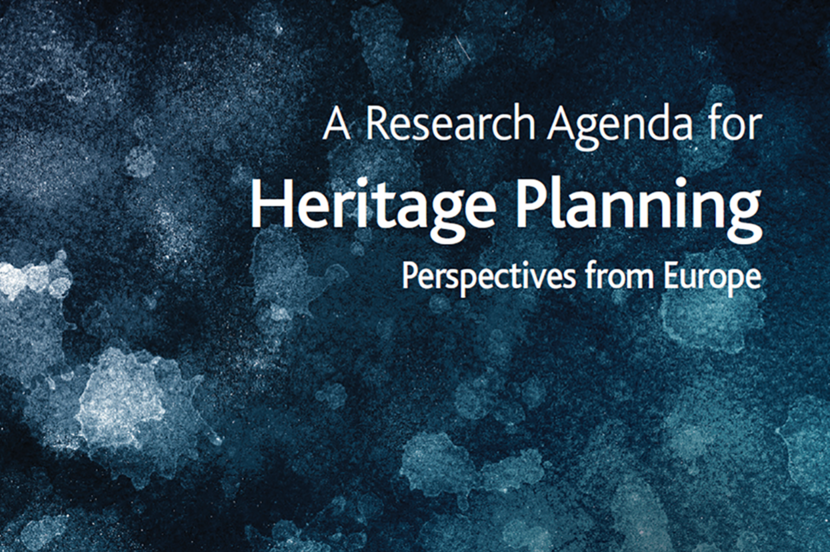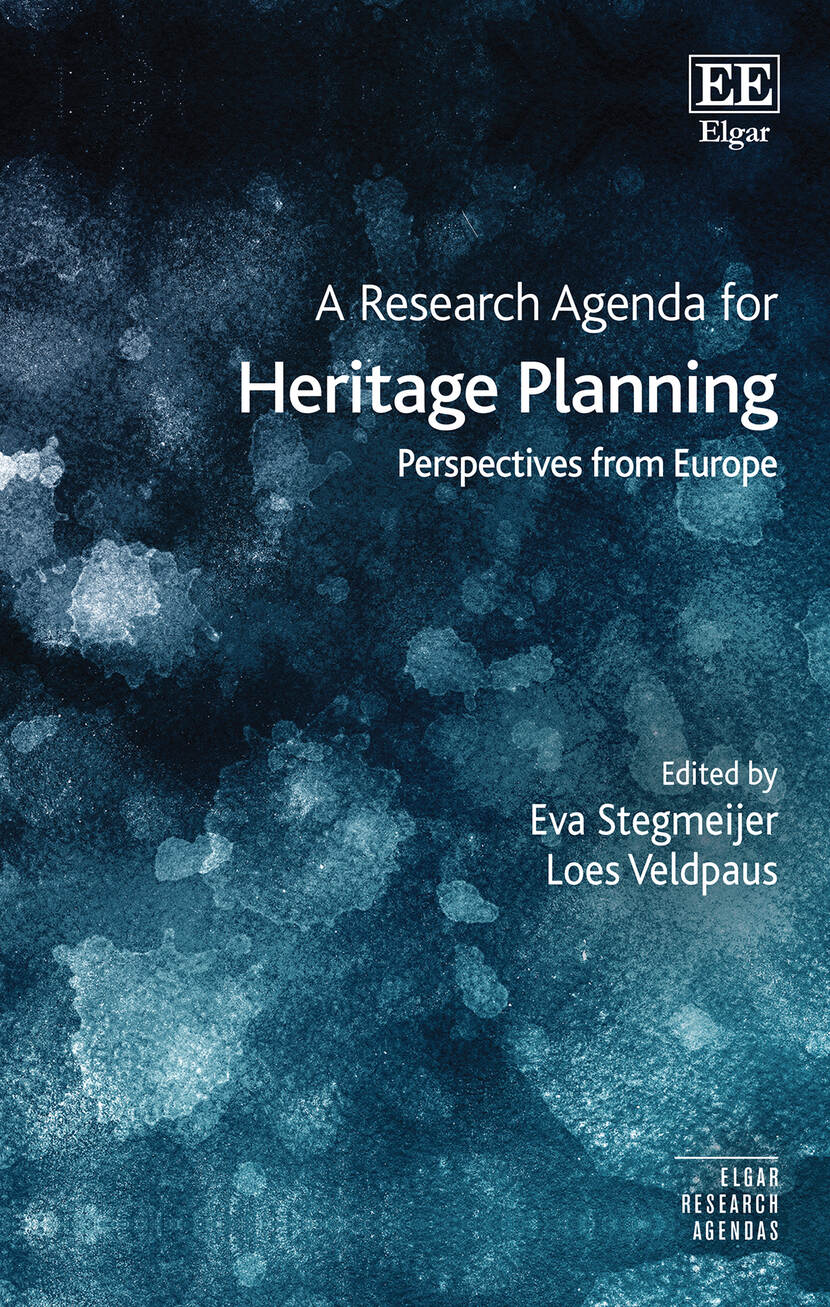How do we deal with our heritage in Europe, and which challenges lay ahead?
Recent international research brought together in a new book

In the course of September, an intriguing new book was published: A Research Agenda for Heritage Planning – Perspectives from Europe. The book offers state of the art academic knowledge, coupled with the desires and concerns that are surfacing in current daily reality. It provokes thinking and action.
The biggest heritage challenges it identifies are the following three central themes: climate, development and identity. These are issues that are relevant way beyond the Netherlands and for which international exchanges are therefore highly profitable. Over 30 researchers from ten European countries whose work focuses on heritage planning, have therefore joint forces. In more than 250 pages they share the results of their research and explore what challenges the lay ahead for heritage practice. Including more provocative or uncomfortable topics. The Cultural Heritage Agency of the Netherlands has contributed to this book, both with means and expertise.
Heritage planning: both solution and problem
Heritage planning has by now become a rather established concept. How has this field of expertise been developing? And, maybe even more important: where do we want to go from here? The book A Research Agenda for Heritage Planning – Perspectives from Europe deals with the past, present and future of the field. Over recent decades one can observe how the previously isolated domains of heritage and spatial planning have become ever more connected. In the Netherlands as well as elsewhere in Europe, it had become clear that heritage is not only a spatial sector in itself, but also a factor, even vector (source of inspiration) in spatial development schemes. Increasingly, heritage is being positioned, exploited even, as a positive factor in sustainable spatial development.
This, however, also brings responsibilities. Does everyone and each place equally profit from this form of value creation, or are some neglected, even left out? The book ends with an exploration of the sometimes quite difficult topics that heritage planning practice will have to face and respond to in the future. Applying heritage for planning purposes can contribute to solving societal challenges, but it can also – often unconsciously and generally with the best intentions – reinforce them. The agenda for the future, which is presented in the final chapter to this book, addresses social justice (beyond indentity politics and the governance of inclusion), environmental justice (beyond sustainability and climate emergency) and economic justice (beyond a means to an end for heritage planning and development). Reading the book, you will be stimulated to pursue further research that is much needed, or will consider new perspectives for action when working in daily practice. Thus, the book is of interest to the domains of education, research, policy and practice.
Combining results international research
Although much research has been done in this field, access to the results is rather fragmented and frequently not available free of charge. Both within Europe and elsewhere, as a consequence the wheel is being reinvented often. This observation has inspired the Joint Programming Initiative on Cultural Heritage and Global Change (JPICH) to prioritize and finance joint international research, with special focus on relevance for policy and practice. Over 18 European countries are collaborating on heritage topics that exceed individual territories. Together with the Dutch Organisation for Scientific Research, the Cultural Heritage Agency of the Netherlands represents its country in this network of nations. For the first time, results of no less than ten JPICH projects have been put together in this book. The results are described by the researchers themselves. When designing their projects, there is special focus on practical implication of academic studies. Therefore, the ten chapters, which have been clustered in the themes of climate, development and identity, do not only share academic findings but also specific tools and policy recommendations.

Think of using remote sensing images for the monitoring of climate change impacts on (world) heritage sites. But also the use of 3D visualization techniques to enhance recognition and identification of local residents with places that have been lost. Or strategies of how to position gastronomy as a source for attractive rural areas, boosting quality of place. Jazz festivals that are organized in heritage sites are heritage themselves, bring fortune but also turn out to showcase a rather selective narrative. The safeguarding and appreciation of extensive archeological sites turns out to be much more effective if this is done in collaboration between landowners (often farmers), local residents, and other (leasure) organisations. Minor waterways – rivers and canals – that have long been abandoned can contribute significantly to climate challenges like draught (irrigation) and boost local pride at the same time.
These projects show that climate change, identity(politics) and regional-economic development can be a threat for heritage. That heritage planning can even enhance such major challenges, but can also contribute to solutions and coping.
Expertise from RCE
The book has been edited by Eva Stegmeijer and Loes Veldpaus. Stegmeijer is a researcher at the Cultural Heritage Agency of the Netherlands.